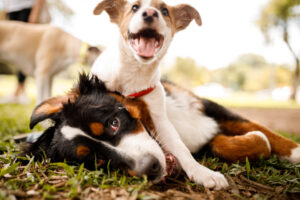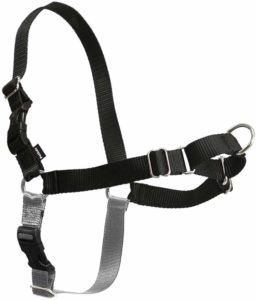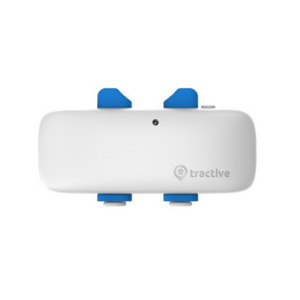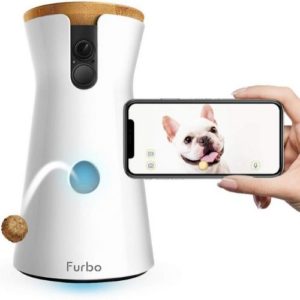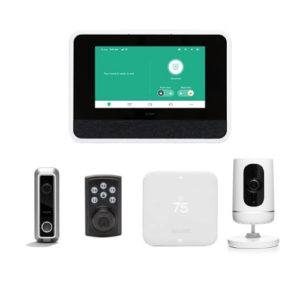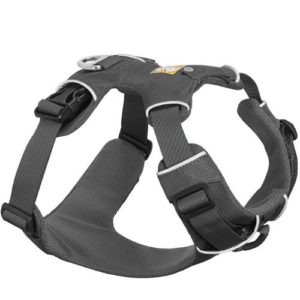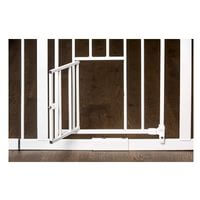A lot of dog owners don’t even realize that not all pet harnesses are created equal. Understanding the two main types of harnesses will help you choose the right one for you and your furry friend.
The body harness was first developed for working dogs who pulled heavy loads. It’s designed to evenly distribute pressure from a leash throughout a dog’s body, making it more comfortable for the dog to pull.1
Small dogs, cats, and puppies whose fragile necks and spines could easily be hurt by a sudden sharp pull on a leash are prime candidates for body harnesses. These harnesses are also great for older arthritic dogs who need help standing up—a body harness won’t force too much pressure on any one spot.
A body harness with a chest plate is also our first pick for use as a car restraint, as it can evenly distribute the force of impact from a crash. Additionally, body harnesses can help level the playing field for owners of large, unwieldy dogs. In uncertain situations, body harnesses can shift your point of contact with the dog to its center mass, making it easier for you to direct them.
Body harnesses may be uncomfortable for dogs with certain skin conditions that make their coats more sensitive.2 Additionally, if you have a dog that likes to drag you down the street on walks, a body harness may make the problem worse. Yes, it gives you more control, but it also makes it easier for them to pull you along. This is where a front-clip harness comes in to play.
A front-clip harness for dogs is designed much like a body harness, but it may fit slightly differently, because it has a leash clip on the chest plate of the dog harness as well as a leash attachment at the back. The horizontal straps on front-clip harnesses often partially restrict movement of the shoulders.
Front-clip harnesses are a good training tool if your large dog’s excitement causes them to leash-walk you more than the other way around. Huge, hyper yellow labs, we’re looking at you. A front-clip harness has a chest-centered leash anchor point to direct your dog. This means that every time your dog pulls, their forward momentum turns into rotational energy. In other words, it makes them turn to the side and it slows them down. They quickly learn that pulling results in turning a direction they didn’t want to go.
A front-clip harness is intended for use as a training tool, not a long-term solution. If your dog has learned not to pull and complies with a body harness, a front harness might actually be harmful to them.
Because most front-clip harnesses fit around your dog’s shoulders rather than their neck, using one for an extended period of time can actually interfere with and permanently alter your dog’s natural walking gait.2
Keep in mind that most dual-function harnesses (like the Ruffwear Front Range Harness) are designed to allow freer shoulder movement. This may slightly reduce their training effectiveness, but it makes them more appropriate for long-term use.
